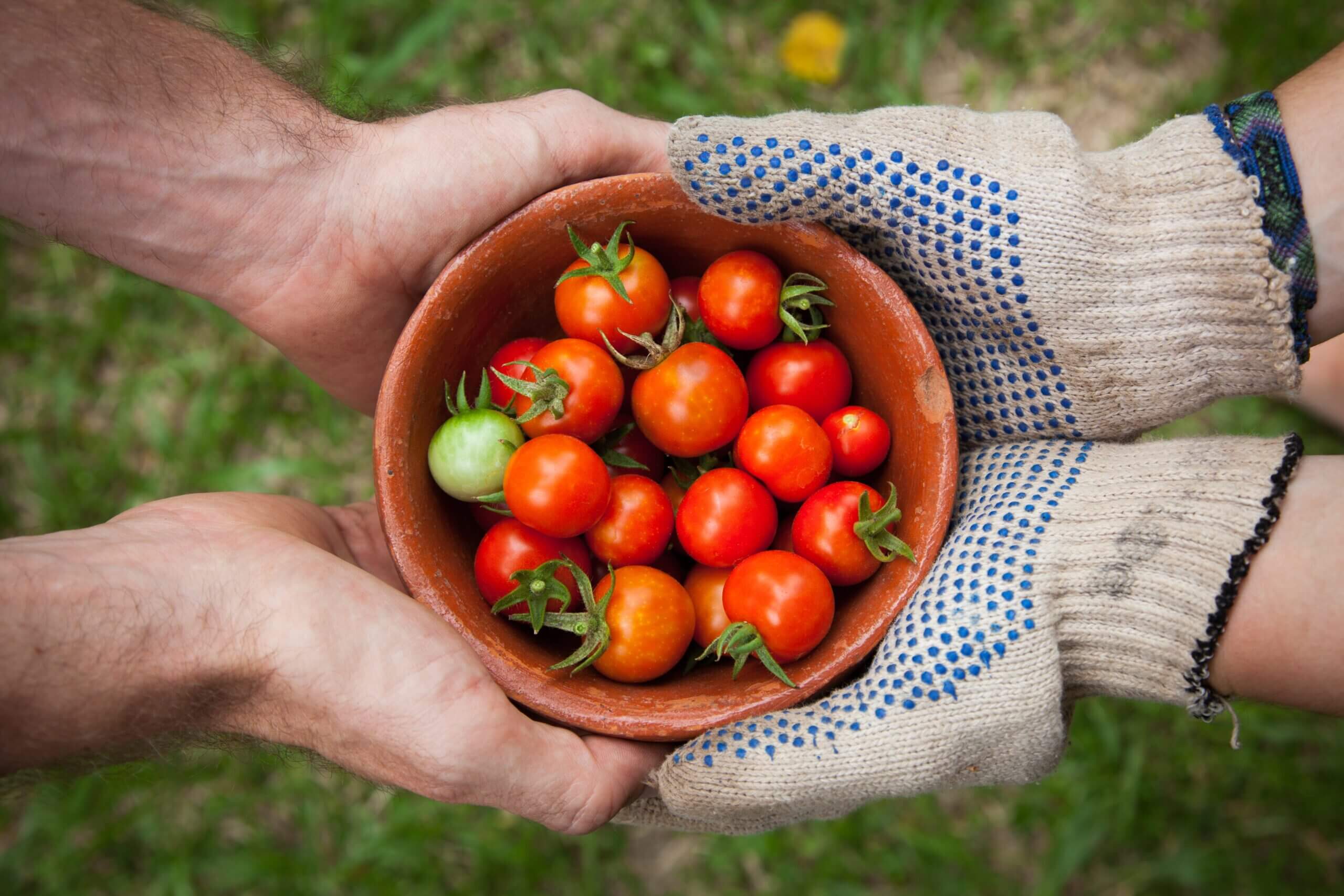The war in Ukraine, problems in the supply chain, and the effects of the COVID-19 pandemic on the economy are reversing years of progress and driving up food prices to all-time highs.
People in low- and middle-income countries are more affected by rising food prices than people in high-income countries because they spend more of their income on food.
The Agricultural Price Index is 19% higher on July 29, 2022, than it was in January 2021. Compared to January 2021, the price of maize is 16 percent higher and the price of wheat is 22 percent higher. However, the price of rice is about 14 percent lower.
Domestic food price inflation remains high around the world. From March to June 2022, data show that almost all low-income and middle-income countries had high inflation. 93.8% of low-income countries, 89.1% of lower-middle-income countries, and 89.0% of upper-middle-income countries had inflation rates above 5%, and many had double-digit inflation. The number of countries with high incomes that have high inflation has also gone up sharply. About 78.6% of these countries have high food price inflation.
According to the April 2022 Commodity Markets Outlook from the World Bank, the war in Ukraine has changed the way commodities are traded, made, and used around the world. This will keep prices at historically high levels until the end of 2024, making food insecurity and inflation worse.
Prices for food were already high, and the war is making them go up even more. Wheat, maize, edible oils, and fertilisers are the goods that have been hurt the most. Global commodity markets face upside risks through the following channels: reduction in grain supplies, higher energy prices, higher fertiliser prices, and trade disruption due to shutting down of major ports.
Access to fertilisers will be a big problem in the coming months, which could affect the food production of many crops in different parts of the world. Russia and Belarus are two of the biggest exporters of fertiliser. Together, they send out 38% of potassium fertilisers, 17% of compound fertilisers, and 15% of nitrogenous fertilisers.
On April 13, 2022, the heads of the World Bank Group, the International Monetary Fund, the United Nations World Food Programme, and the World Trade Organization released a joint statement calling on the international community to take immediate action to address food insecurity, keep trade open, and help vulnerable countries, including by giving them money to meet their most urgent needs.
Since the war in Ukraine started, there have been a lot more rules about trade that countries have to follow. The global food crisis has been made worse in part by the fact that more and more countries are putting restrictions on food trade in order to boost their own supplies and lower prices. As of July 15, 18 countries had banned the export of 27 types of food, and 7 countries had taken measures to limit the export of 11 types of food.
Hunger is still a very big problem all over the world. The 2022 State of Food Insecurity in the World (SOFI) report says that the number of hungry people rose to 828 million in 2021. This is an increase of 46 million since 2020 and 150 million since 2019, when the COVID-19 pandemic started. WFP and FAO also said that severe food insecurity could get worse in 20 countries or regions from June to September 2022.
Rapid phone surveys done by the World Bank in 83 countries show that during the first two years of the COVID-19 pandemic, a lot of people ran out of food or ate less. Reduced calorie intake and poor nutrition could make it harder to reduce poverty and improve health, and they could hurt young children’s brain development in the long run.

